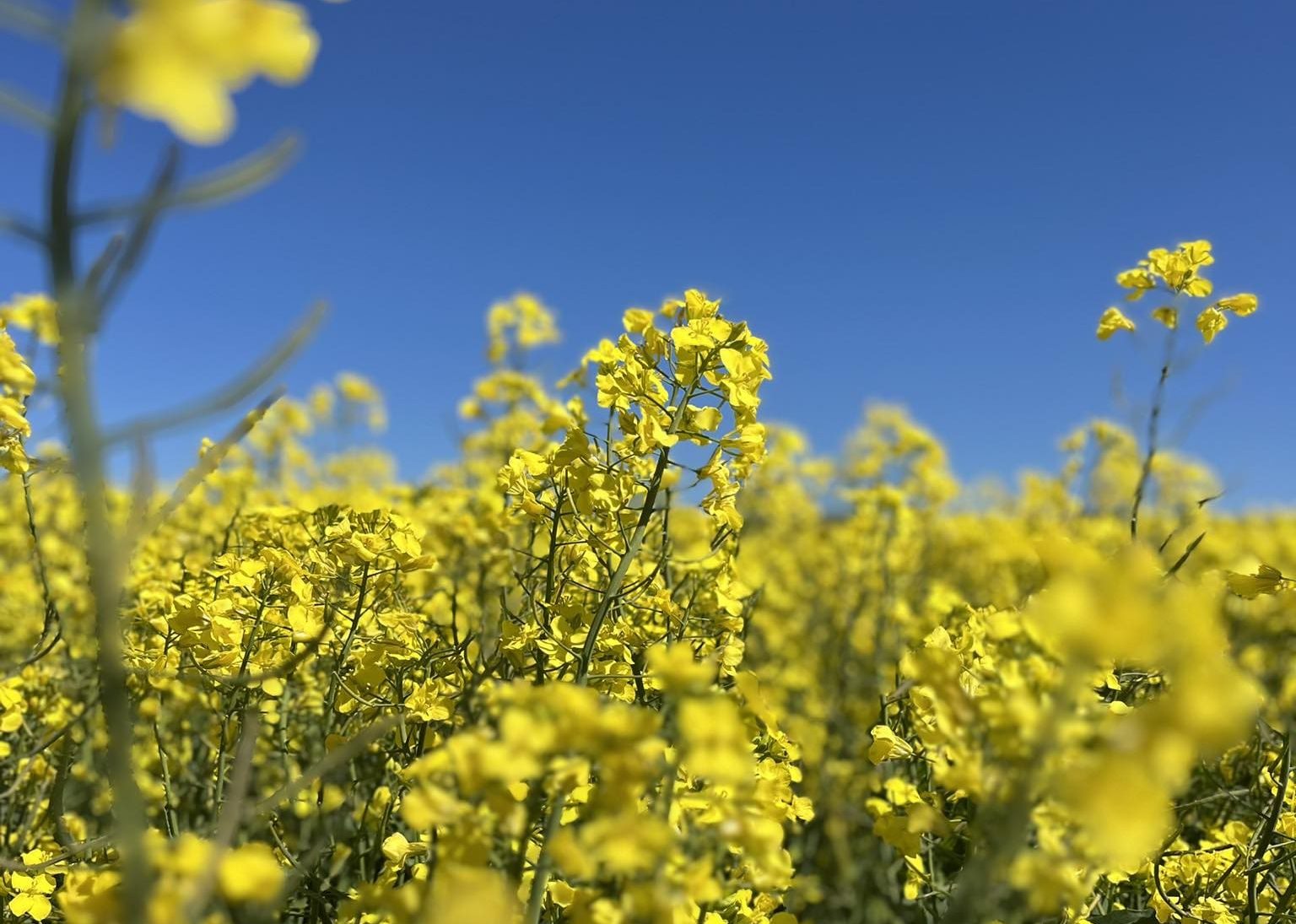
MAJOR South Australian bulk handler Viterra has advised it will be closed from the 2024-25 harvest to canola treated with haloxyfop.
This is to ensure exports of canola to the EU meets its revised maximum residue level requirement of 0.005mg/kg, down from 0.2mg/kg currently, which will come into effect on August 19.
The change has been widely publicised by the EU, and has been conveyed since last year to Australian growers through organisations including Grains Australia and the Australian Oilseeds Federation.
Haloxyfop products are registered in Australia for the post-emergent control of a wide range of annual and perennial grass weeds in canola, and Australian canola growers were advised to switch to alternative herbicides from last season.
“From the 2024-25 harvest, Viterra will not receive canola treated with haloxyfop,” Viterra advised in a statement issued on Friday.
“Growers were advised of this change prior to last harvest, giving them the opportunity to review chemical use.”
“As Viterra will not receive haloxyfop-treated canola, it will continue to require a haloxyfop declaration for all canola deliveries.
“Accurate declarations are crucial to ensure Viterra can maintain access to the EU market.”
EU oilseed crushers supplying the biodiesel market with oil and stockfeed market with meal are the major customer base for Australian canola.
Potential carbendazim MRL reduction
Industry has advised of international markets beginning discussions about reducing the carbendazim fungicide MRL to zero.
Carbendazim can still be used on pulse crops as per the label, but cannot be used on cereals and oilseeds.
“Industry advice is to use alternative fungicides on pulses and transition away from carbendazim,” Viterra said.
“Growers should speak with their farm advisor for advice regarding use and alternate options.”
Viterra has advised it will continue to conduct chemical-residue testing on composite partition samples throughout harvest to ensure it can maintain market access for SA grain.
If contaminated grain is detected in segregations, the contamination procedure will be implemented.
“Through Viterra’s traceability program, chemical use can be traced back to the individual grower.”

HAVE YOUR SAY